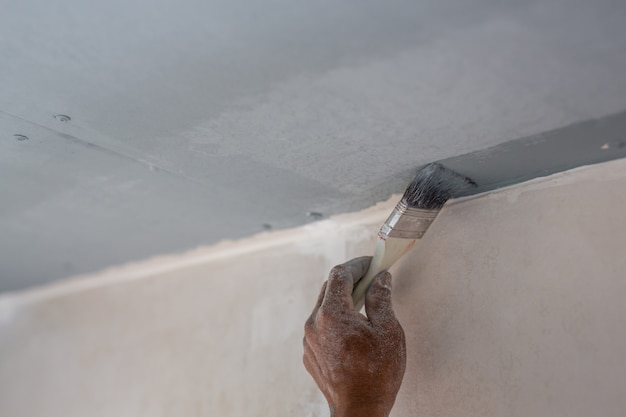
Geogrid Soil Stabilization Techniques for Sustainable Development in Allen
The rapid urbanization and infrastructure expansion in Allen necessitate sustainable development practices. One of the challenges faced by engineers and developers is ensuring the stability and longevity of structures built on variable soil conditions. Geogrid soil stabilization techniques have emerged as a reliable solution to address these challenges. By reinforcing soil, geogrids enhance the bearing capacity and reduce settlement, providing a stable foundation for construction projects. This article explores the various geogrid soil stabilization techniques and their significance in promoting sustainable development in Allen.
Understanding Geogrid Soil Stabilization
Geogrid soil stabilization involves the use of geosynthetic materials to reinforce and stabilize soil. Geogrids are a type of geosynthetic made from polymers, forming a grid-like pattern. These grids are embedded into the soil to improve its mechanical properties. The primary function of geogrids is to distribute loads over a wider area, reduce lateral soil movement, and enhance the overall stability of the soil structure.
Types of Geogrids
There are several types of geogrids used in soil stabilization, each suitable for different applications:
- Uniaxial Geogrids: Designed to withstand tensile forces in one direction, often used in retaining walls and slope stabilization.
- Biaxial Geogrids: Offer strength in two directions, making them ideal for roadways and subgrades where multidirectional strength is needed.
- Triaxial Geogrids: Provide stability in multiple directions and are used in applications requiring high load-bearing capacity.
Applications of Geogrid Soil Stabilization in Allen
In Allen, geogrid soil stabilization is applied in various construction and infrastructure projects to ensure safe and sustainable development. The following applications highlight the importance of geogrids:
Road Construction
Geogrids are extensively used in road construction to enhance the durability and lifespan of pavements. By reinforcing the base layers, geogrids help distribute loads evenly, reducing the risk of rutting and potholes. Read more about this topic.
Retaining Walls
In areas with varying topography, retaining walls are essential to prevent soil erosion and landslides. Geogrids provide the necessary reinforcement to these structures, ensuring they can withstand lateral earth pressures effectively. Explore further insights here.
Embankments and Slopes
Stabilizing embankments and slopes in Allen involves using geogrids to increase the shear strength of the soil and prevent slope failures. This technique is crucial in areas prone to heavy rainfall and erosion. Learn more in this detailed guide.
Benefits of Geogrid Soil Stabilization
Geogrid soil stabilization offers numerous advantages over traditional soil stabilization methods:
- Cost-Effectiveness: Reduces the amount of fill material needed, lowering overall construction costs.
- Environmental Sustainability: Minimizes environmental impact by reducing the need for excavation and soil replacement.
- Enhanced Durability: Increases the lifespan of structures built on stabilized soil, reducing maintenance and repair needs.
- Flexibility: Applicable to a wide range of soil types and conditions, making it a versatile solution for different projects.
Challenges and Considerations
While geogrid soil stabilization presents significant benefits, there are challenges and considerations to keep in mind:
- Site-Specific Requirements: Each project requires a tailored approach based on soil characteristics and environmental conditions.
- Quality Control: Ensuring the quality and proper installation of geogrids is crucial for effective soil stabilization.
- Long-Term Performance: Regular monitoring and maintenance are necessary to assess the long-term performance of stabilized structures.
For more on addressing these challenges effectively, find additional information here.
Conclusion
Geogrid soil stabilization techniques play a vital role in promoting sustainable development in Allen. By enhancing the stability and durability of construction projects, these techniques contribute to the creation of resilient infrastructure. As urbanization continues to grow, the adoption of geogrid soil stabilization methods will be essential in ensuring that development is both sustainable and environmentally responsible.